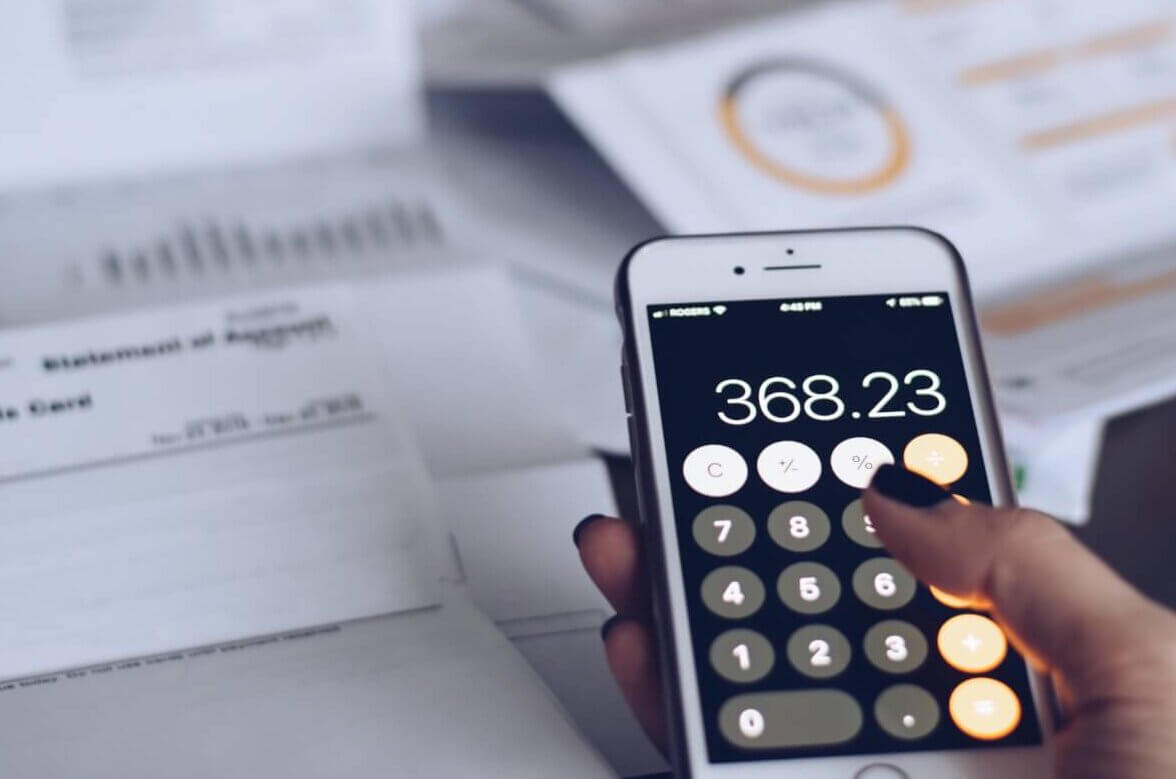The great thing about debt consolidation is that you have more than one way to do it. The two primary ways to consolidate debt are:
- Transferring a balance to a credit card with a 0% APR.
- Combining balances using a debt consolidation loan.
In addition to the above, you can also take out a home equity loan or 401(k) loan — though these methods are far riskier.
What matters most is choosing the option that’s right for you and your budget. As you’re comparing consolidation methods, it also helps to know how they work and what the benefits are, especially when it comes to your credit score.
Read on to learn more about balance transfers, debt consolidation loans, and other types of debt management programs.
Balance Transfer Credit Card
A balance transfer, also known as credit card refinancing, means moving the balance you owe on one credit card to another credit card. Ideally, you’re shifting the balance to a card with a low or 0% APR.
A balance transfer credit card can be a good way to manage debt consolidation if your credit score allows you to qualify for the best transfer promotions. Plus, if you get a 0% rate for several months, this may give you enough time to pay off your debt in full without interest.
When comparing balance transfer credit card promotions, it’s helpful to check your credit score so you know which cards you’re most likely to qualify for. Then, check the terms of the promotional offer so you know what the APR is and how long you can enjoy an interest-free period.
Personal Loan
A personal loan is a loan that can meet different financial needs, including consolidating debt. Personal loans are offered by banks, credit unions, and online lenders.
Every personal loan lender differs in how much they allow you to borrow and the rates and fees they charge. The rate terms you qualify for will hinge largely on your credit score and income.
Some personal loans are unsecured. This means you don’t need to give the lender any collateral to qualify. A secured personal loan, on the other hand, requires you to offer some kind of security — such as a car title or money in your savings account — in exchange for a loan. You’d get your collateral back once the loan is paid off.
Home Equity Loan
If you’re a homeowner, and have equity in your house, you may be able to take out a home equity loan or line of credit (HELOC) to get cash and use it toward your other debts.
There are two types of home equity loans: a fixed-rate, lump-sum option, and a HELOC, which acts like a credit card with a variable interest rate.
Since the loans are secured by your house, you’re likely to get a lower rate than what you would find with a personal loan or balance transfer credit card. However, you can also lose your home if you don’t keep up with payments.
401(k) Loan
If you participate in an employer-sponsored retirement account such as a 401(k), you can borrow that money in the form of a loan, and use the funds to pay off your debts. There’s no credit check, the interest rate is low, and the repayment is deducted from your paycheck.
However, once you take out the funds from your 401(k), you will lose out on any compound interest you could have earned from allowing your account to grow. And if you’re unable to make your payments, the amount you withdraw could be taxed, and on top of that, you might have to pay an early withdrawal penalty.
Debt Management Programs
Debt management plans or debt management programs are not loans. These programs help you to consolidate and pay down your debt by working with your creditors on your behalf.
A debt management plan works like this:
- You give the debt management company information about your creditors, including the amounts owed and minimum monthly payment.
- The debt management company negotiates new payment terms with your creditors.
- You make one single payment to the debt management company each month.
- The debt management company then divvies up that payment to pay each of your creditors.
- The process is repeated each month until your debts are paid off.
A debt management program can be a good choice if you don’t want to take a loan or transfer a credit card balance. Your debt management company can help you combine multiple payments into one. They may even be able to negotiate a lower interest rate or the waiver of certain fees.
The downside is that debt consolidation services may only apply to credit card debts. So, if you have student loans or other debts to consolidate, you may not be able to enroll them in the plan.


